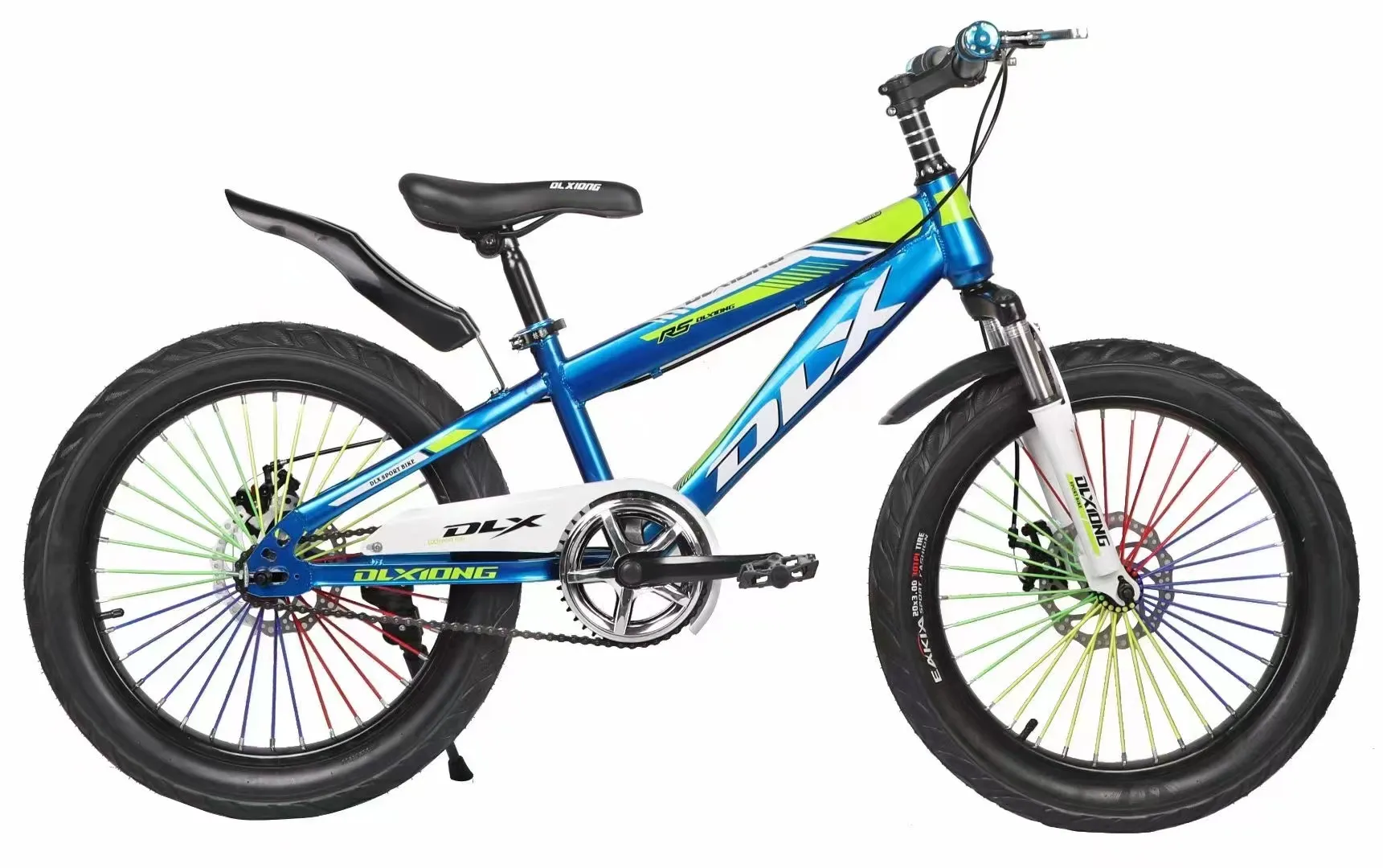all mountain bike
All-Mountain Biking The Ultimate Trail Experience
All-mountain biking has emerged as one of the most thrilling and dynamic disciplines in the cycling world. Renowned for its blend of challenging terrains, technical descents, and enduring climbs, all-mountain biking offers riders a chance to engage with nature while pushing their boundaries. This fascinating sport not only demands physical prowess but also sharpens mental agility, making it a rewarding experience for cyclists of all levels.
What is All-Mountain Biking?
All-mountain biking, often abbreviated as AM, is designed for riders who want to tackle diverse trail systems that include steep climbs, rocky descents, and everything in between. Unlike cross-country biking, which focuses on speed and endurance over relatively smoother paths, all-mountain riding emphasizes technical skills and the ability to navigate more treacherous landscapes. Riders often face roots, boulders, switchbacks, and varying trail conditions, making every ride an adventure.
This discipline sits comfortably between cross-country and downhill biking, allowing riders to experience the best of both worlds. The ideal all-mountain bike is built robustly, with a suspension system that accommodates rough trails and provides greater control on steep descents. Typically, these bikes feature a travel range of 130mm to 170mm, striking a balance between climbing efficiency and descending capability.
The All-Mountain Bike
Choosing the right all-mountain bike is crucial for an optimal riding experience. These bikes often feature a sturdy frame, wide handlebars, and hydraulic disc brakes. Riders should consider wheel size too 27.5-inch wheels offer agility and maneuverability, while 29-inch wheels provide greater roll-over capability. Additionally, suspension type—whether all-around, front, or full-suspension—plays an essential role in how well the bike performs on demanding trails.
Modern all-mountain bikes often incorporate cutting-edge technology, such as adjustable geometry and dropper seat posts, which allow riders to alter bike settings on the go. This adaptability is vital, making it easier for riders to shift from steep climbs to rapid descents without losing comfort or balance.
Techniques for All-Mountain Riding
All-mountain biking demands a unique set of skills that can greatly enhance the riding experience. Mastering these techniques not only boosts confidence but also ensures safety while out on the trails.
all mountain bike

1. Body Positioning Maintaining the right body position is crucial. Riders should keep their weight centered over the bike, shifting it as necessary to navigate obstacles and maintain stability.
2. Braking Techniques Utilizing both front and rear brakes effectively allows for better control, particularly during descents. Learning how to modulate braking pressure can prevent skids and help maintain speed while descending.
3. Cornering High-speed cornering is an essential skill in all-mountain biking. Riders must lean into turns while positioning their bodies for balance. Practicing cornering techniques on various terrain types helps cultivate control.
4. Climbing Technical climbs require strong pedaling techniques. Riders should focus on maintaining a steady cadence while distributing weight appropriately to avoid losing traction on steep or uneven surfaces.
The Community and Environment
One of the most gratifying aspects of all-mountain biking is the sense of community it fosters. Trails are often shared spaces where riders can meet, share experiences, and even partner up for rides. This camaraderie enriches the sport, providing opportunities for shared learning and social interaction.
Moreover, environmental consciousness is integral to the all-mountain biking community. Many organizations advocate for responsible riding practices, promoting trail preservation and maintenance to ensure that these natural wonders remain accessible for future generations. Riders are encouraged to follow Leave No Trace principles, respecting the delicate ecosystems they traverse and helping sustain beautiful outdoor destinations.
Conclusion
All-mountain biking is more than just a sport; it symbolizes a pursuit of adventure and connection with the outdoors. Whether you’re an experienced mountain biker or a novice looking to explore, the thrill of all-mountain trails offers something for everyone. With the right bike, skills, and mindset, you can conquer the mountains, embrace the challenges, and relish the exhilaration that comes with every ride. So, gear up, hit the trail, and immerse yourself in the exhilarating world of all-mountain biking!
-
Unleash Your Adventurous Spirit with All Mountain BikesNewsOct.31,2024
-
The Perfect Ride for Your Little Ones: Kids TricyclesNewsOct.31,2024
-
The Joy of Riding: Quality Kids Mountain BikesNewsOct.31,2024
-
The Excitement of Kids Scooters – Choose Your Adventure!NewsOct.31,2024
-
Kids' Bikes: Find the Perfect Ride for Your Little OnesNewsOct.31,2024
-
Experience the Fun of Swing CarsNewsOct.31,2024
-
Why a Giant Bike for Kids is a Top ChoiceNewsOct.24,2024








